GCaMP6 variants are on addgene. Three flavors, fast kinetics or big signals. Bigger responses than OGB-1, some are MUCH bigger. The responses to drifting gratings in visual cortex are spectacular. Sorry no pics for now. Hopefully the reviewers will be nice so we can all read about it soon. Still work to be done getting true 1AP resolution when simultaneously imaging large populations of neurons, but for single neuron imaging in vivo, this has 1AP resolution. If you have been waiting for the GCaMPs that will blow your expectations away, these are them.
From the SfN abstract :
Using structure-guided mutagenesis and high-throughput screening, we increased the fluorescence change in response to single action potentials (APs) by >10-fold compared to GCaMP3. We also accelerated the kinetics by ~2-fold. These new GECIs reliably report single APs in single trials in vivo with near 100% accuracy. In the mouse visual cortex, we detected ~5-fold more visually responsive neurons. The sensitivity, dynamic range and speed of the new GECIs exceed those of the synthetic indicator OGB-1. The improved sensitivity further facilitated reliable measurement of synaptic calcium signals in the dendrites of pyramidal cells and parvabumin (PV)-positive interneurons in vivo. Hot spots of orientation-selective domains can be resolved both in single pyramidal cell spines and small segments of PV cell dendrites. These improved GECIs will permit a more complete description of neuronal circuit function and enable long-term functional imaging of single synapses.
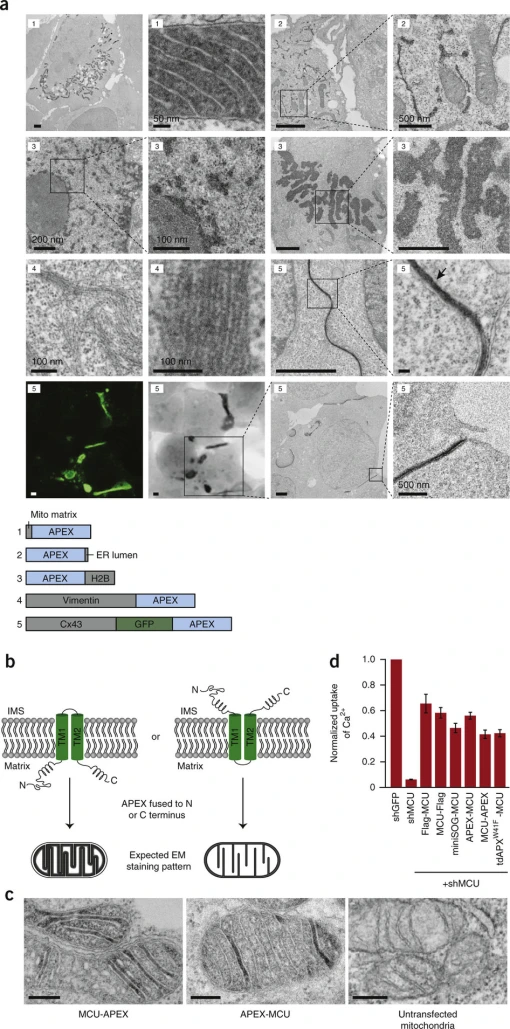
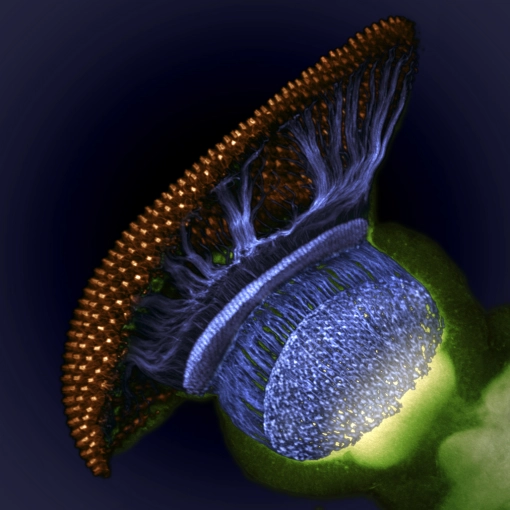
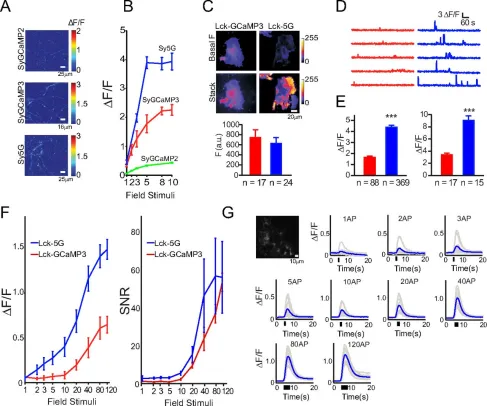
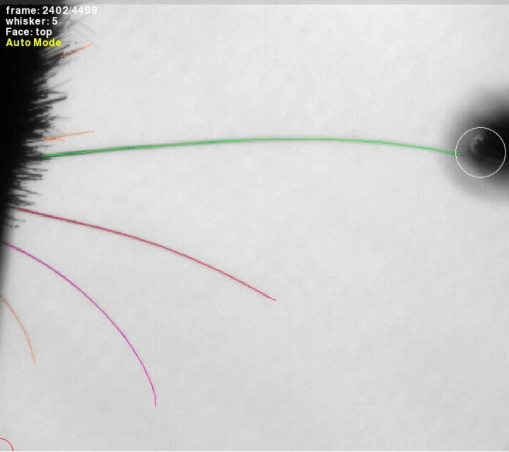
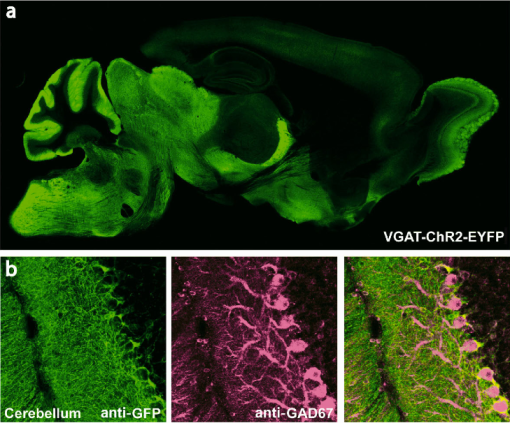
Recent Comments